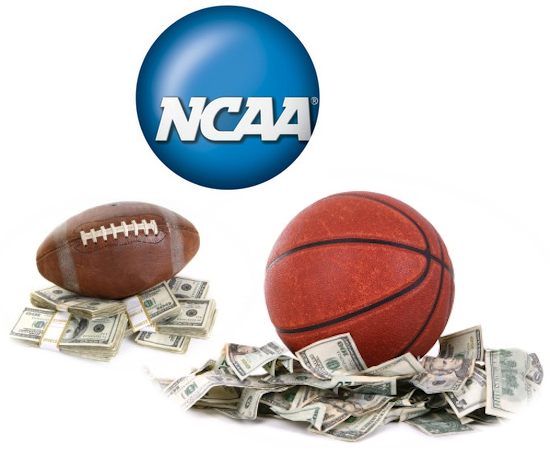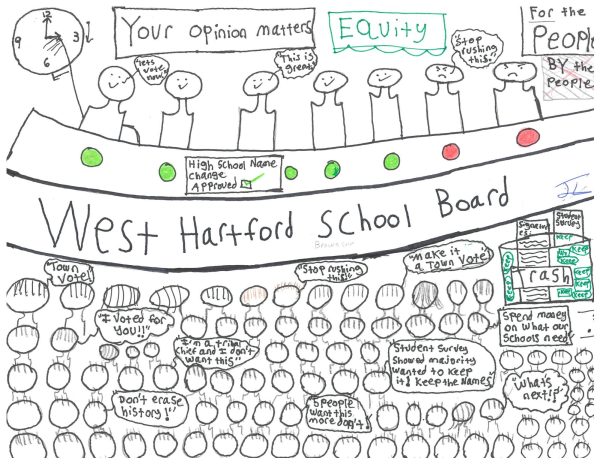Give Them What They’re Worth

College football and college basketball dominate America’s entertainment business. These two sports fields bring in a total of $6 billion in annual revenue, more than the entire NBA, which makes $5.9 billion annually through all 30 teams. Therefore, college football and basketball produces similar money as professional sports while the athletes put in just as much effort. The only difference is that college athletes don’t receive much compensation for their efforts.
The entertainment business is huge, especially around sports. Conferences such as the SEC and Pac-12 have massive TV contracts, while the Big Ten created their own TV Network. In 2011, Turner Broadcasting and CBS signed a 14-year $14.8 billion deal for the TV rights to “March Madness” (NCAA men’s basketball national championship tournament).
Yet, the most an athlete can receive is a 4-year scholarship. Although these scholarships can be worth around $200,000 in total, that’s only for the top athletes across the nation. Athletes are receiving miniscule fractions of the money that organizations are making off of them.
Rather than compensate the players, the NCAA implements rules where if a program is caught paying a player, that program gets invaded by the NCAA. Joe Nocera of The New York Times stated, “It’s (NCAA) a system that enables misconduct to flourish”. None of the scandals seen this past winter (USC, Auburn, etc.) would’ve made a headline if players were paid upfront.
NCAA athletes at the Division 1 level, specifically those who participate in football and basketball, should be treated as traditional employees. These “students” have a full time job. They’re hardly students because they’re admitted to these schools to play sports and produce money. Also, NCAA tournament schedules can often require the athletes to miss as much as a quarter of classes during a semester.
The typical Division 1 college football player devotes 43.3 hours per week to their sport, 3.3 hours more than the typical American work week, according to Marc Edelman of Forbes Magazine. These athletes are essentially just employees helping the NCAA bring in its $11 billion in annual revenue. The University of Alabama produced $143.3 million in athletic revenues last year, which the players receive none of. The system of college athletics is a business. Yet the workforce that actually draws in the money gets a miniscule amount of compensation.
It’s time to start paying players up front. These athletes raise far more money than a 4-year scholarship. These athletes are devoting more hours to their sports, with school work aside, than most working Americans. It’s time to pay them their worth.





